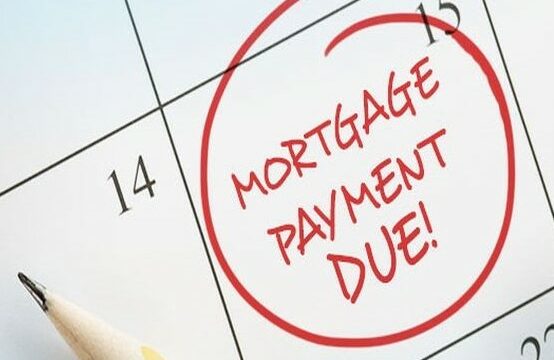
In a slow-moving property market, developers are increasingly being squeezed by lenders as development projects near the end of their finance agreements. Experienced developers are therefore looking for smarter ways to stretch their funding, and Development Exit Finance is fast becoming a useful tool in the battle against expensive reborrowing.
The current financial climate means developers are facing the daunting prospect of diminishing demand and falling prices. This leaves them with a depleted GDV and increased pressure from nervous lenders. Previously, the options made for a demoralising choice; refinancing with the same lender, normally for a maximum period of three months, and with hefty extension fees, or seeking-out quick-fire sales to shift units.
What is Development Exit Finance?
Fortunately, it’s not all doom and gloom. Development Exit Finance, which is essentially a form of Bridging Finance, can be obtained relatively easily and within 2 weeks by a broker with the right lender relationships and expertise.
Development Exit Finance is a short-term loan, used to repay outstanding finance against a property development once the project has reached practical completion. It’s a great tool for developers to use if existing finance is coming to an end and sales won’t be completed in time.
Why it’s a win-win for developers
- It costs less
The risk is reduced when a project nears completion, meaning lenders can offer lower rates of interest. Development Exit loans can start from as low as 5.5%, making it less expensive than most Development Finance. Interest can also be forward funded, meaning borrowers do not need to service the loan whilst the sales are ongoing. Some lenders will also allow developers to let the stock on request, freeing up cashflow.
- It buys time
Most developers are overly optimistic with their timelines when it comes to building and selling. A longer loan term means less money at the outset, so for most developers who are trying to maximise equity, there’s a fine line between balancing the amount they can raise, whilst setting realistic build and sell times. Development Exit Finance allows for slippage in timeframes that every development incurs, such as delays in satisfying planning conditions, overrunning building work or just slow sales. It therefore reduces the need for lowering prices to aid quick sales, and the risk of damaging the relationship with an existing lender.
- It frees-up equity
Once a project is nearing completion most developers will be looking to fund their next development. Delayed sales and looming development finance repayments often lead to a shortage in cashflow, which can result in missed opportunities when it comes to securing future sites. Development Exit Finance provides a way to free-up equity from existing projects before sales are complete, providing a competitive edge against the competition.
Development Exit Finance: A Worked Example
A developer has developed the following scheme:
- 20 flats with a GDV of £5m
- The total cost of developing the site is £3.5m
- The development lender caps its loan at 60% of GDV and 85% of costs
- The gross loan is £3m and the net loan is (circa) £2.7m
- The loan term was 15 months, with an 11-month build term
- There have been delays and the build took 13 months
- The developer now has 2 months to sell 20 flats
- The lender wants its loan redeemed on time and has suggested price reductions
Option 1: Extend the loan term with the current lender
Pros:
- Straightforward, if the lender agrees
Cons:
- Expensive; a 2 or 3-month extension will cost £32.3K (1% of the loan amount)
- No further monies can be released
- It’s a short-term fix; the developer will probably still need to reduce prices to sell, leading to profit erosion
Option 2: Secure Development Exit Finance
Pros:
- We can complete the loan within 2-3 weeks
- We can secure rates from 5.5%
- We can agree a longer term of up to 24 months if needed
- We can facilitate equity release; the client can borrow around 70% LTGDV (net)
Cons:
- Administration of dealing with a new lender, although we will deal with most of this
The Bottom Line
In this worked example, the client would release close to £500k to invest in their next development project, as well as securing another six months to sell the flats.
Development Exit Finance should not be treated as a last resort approach, but rather as an integral part of a successful development strategy.
To discuss how we can help you secure Development Exit Finance, please contact us on 0207 486 0184
September 2019



